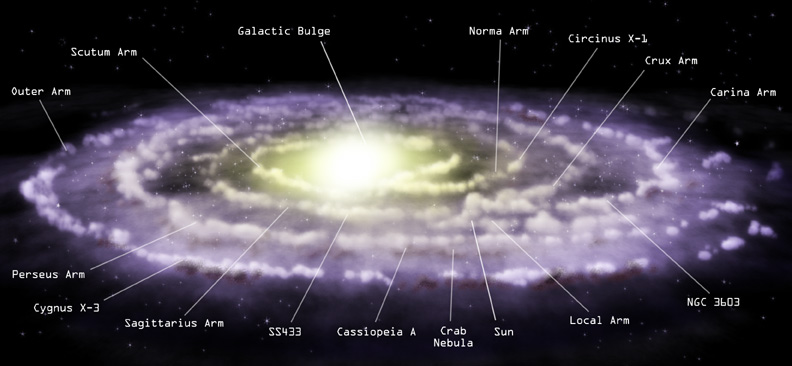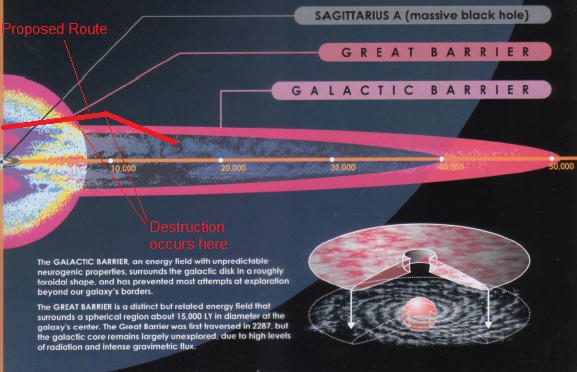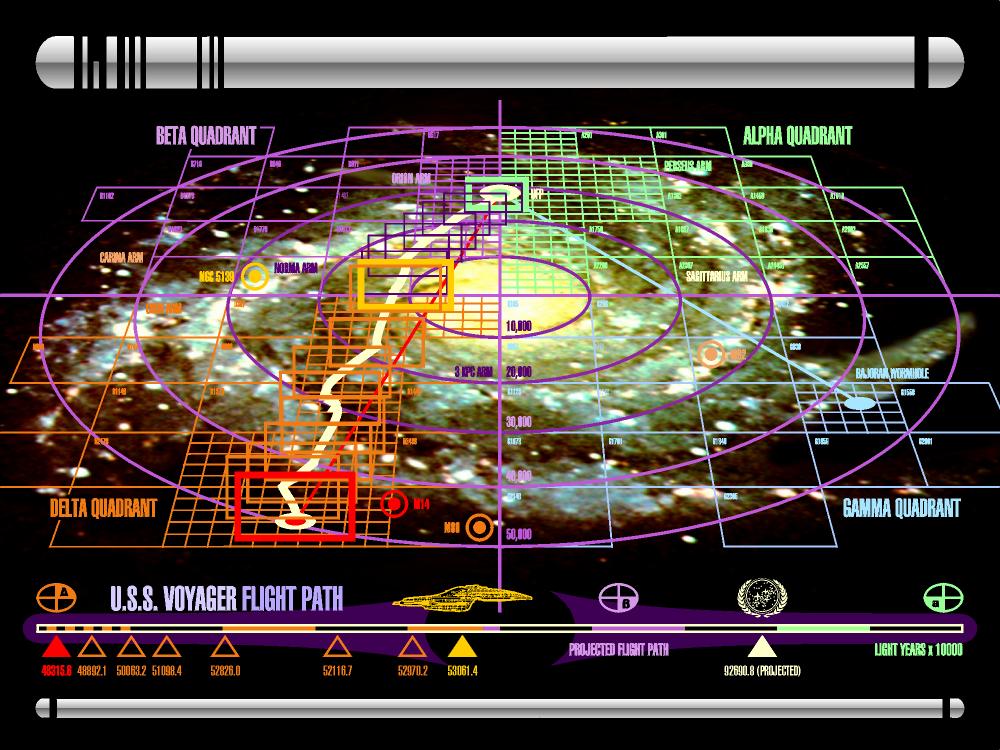Related to Why do Star Trek vessels always approach each other on parallel planes?, but on a larger scale.
The premise of Star Trek: Voyager is that the ship Voyager is stranded from Earth on the exact opposite side of the Milky Way. The series moves forward as they move around the disc of the galaxy in a rough semicircle.
Why couldn't they simply point Voyager to Earth and go over/under the center of the galaxy? Wouldn't they then be able to use our supermassive black hole to slingshot them there and shorten the journey?





